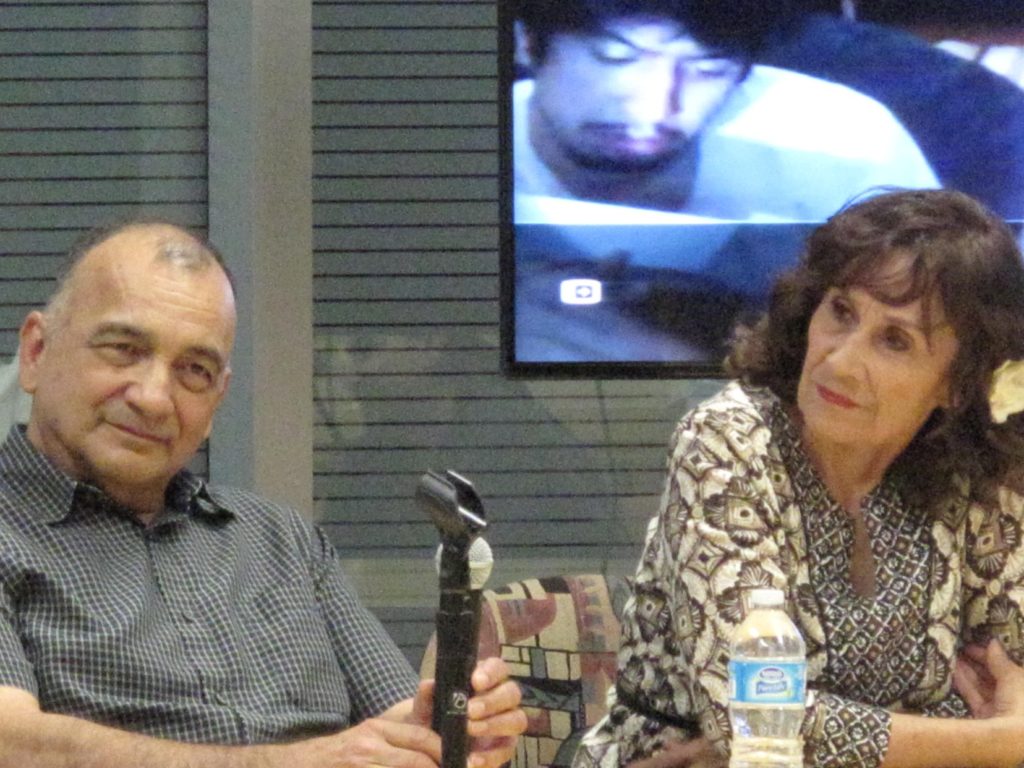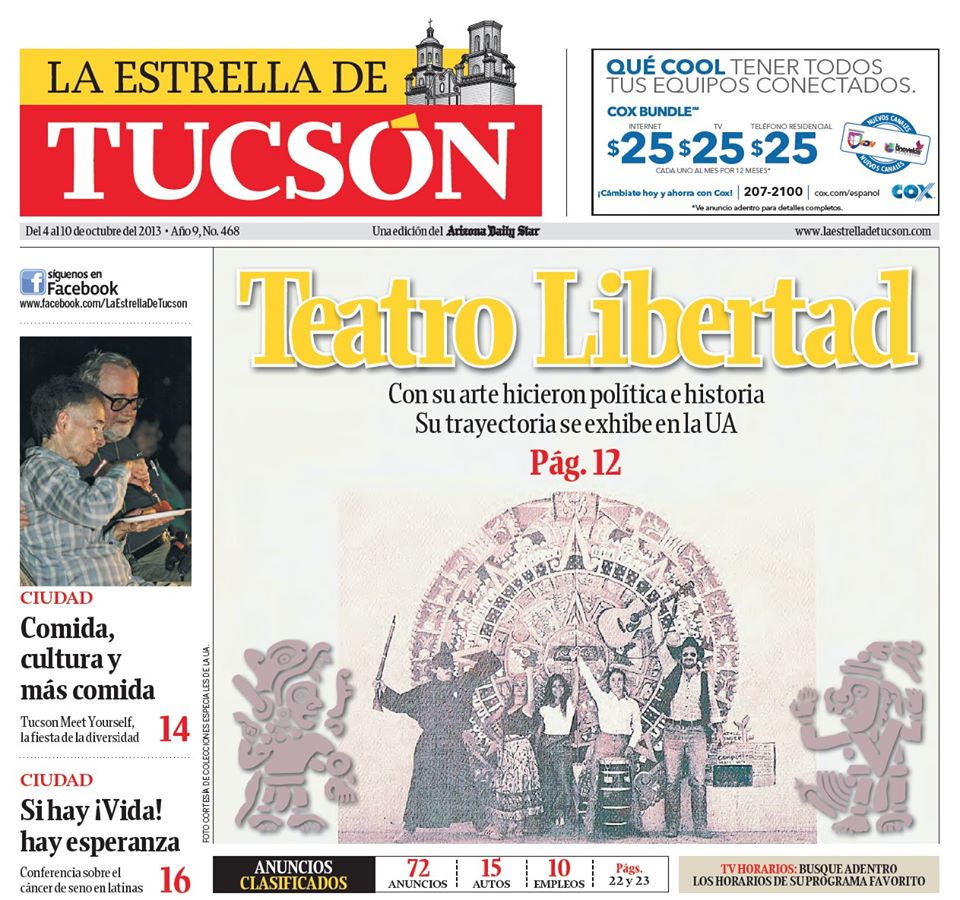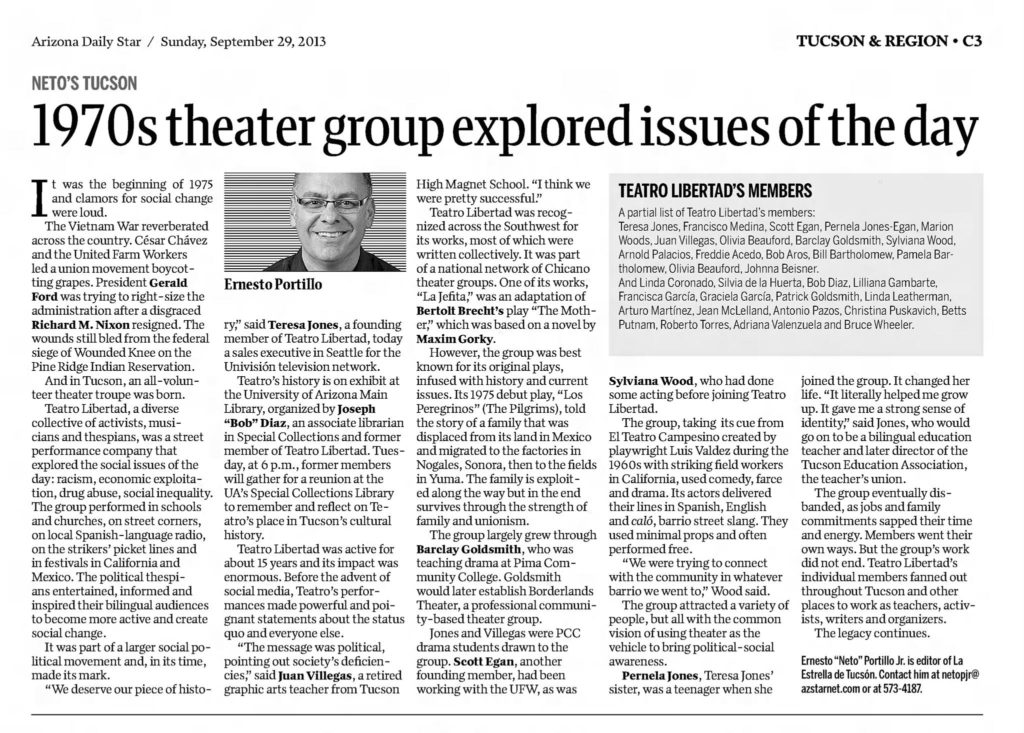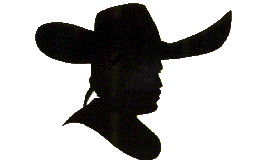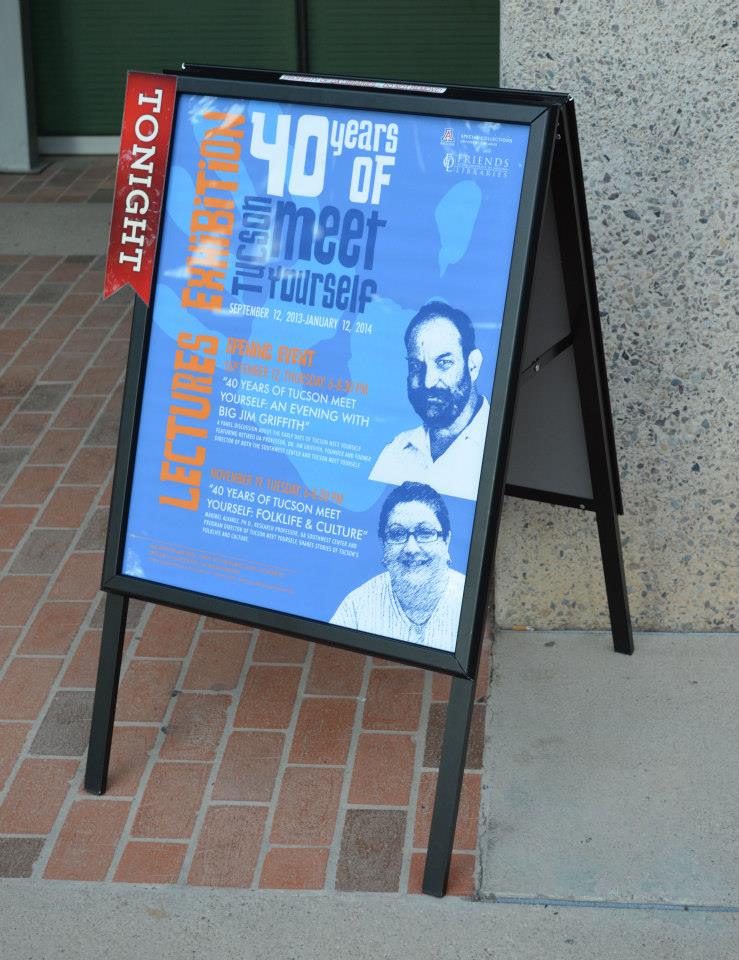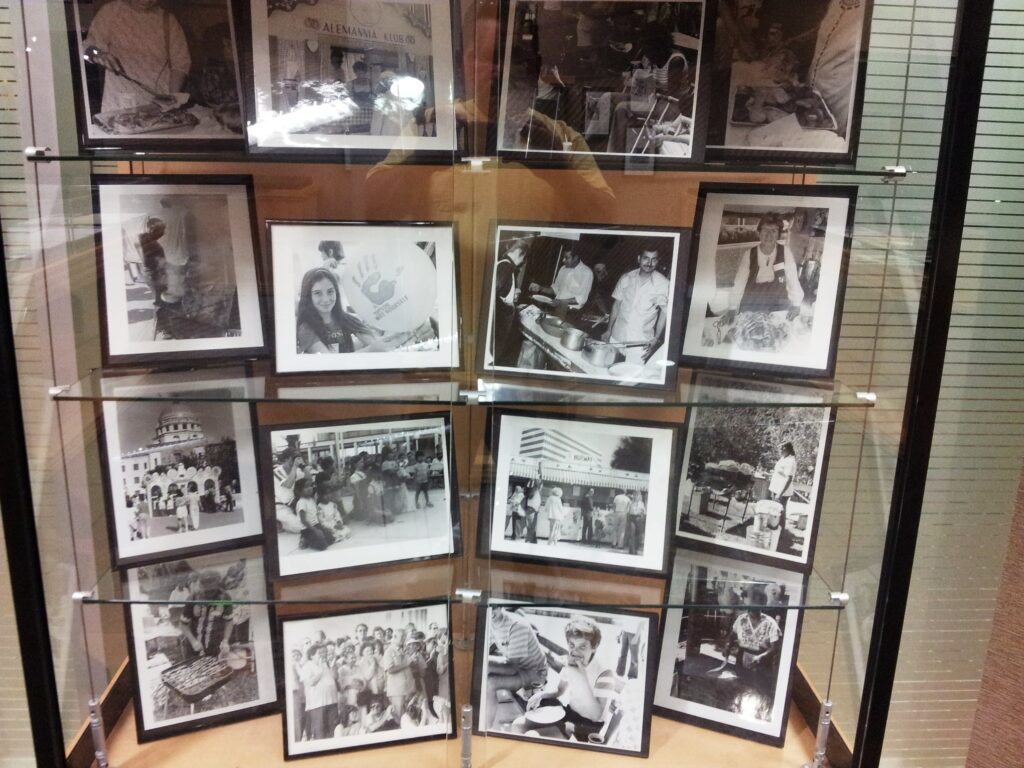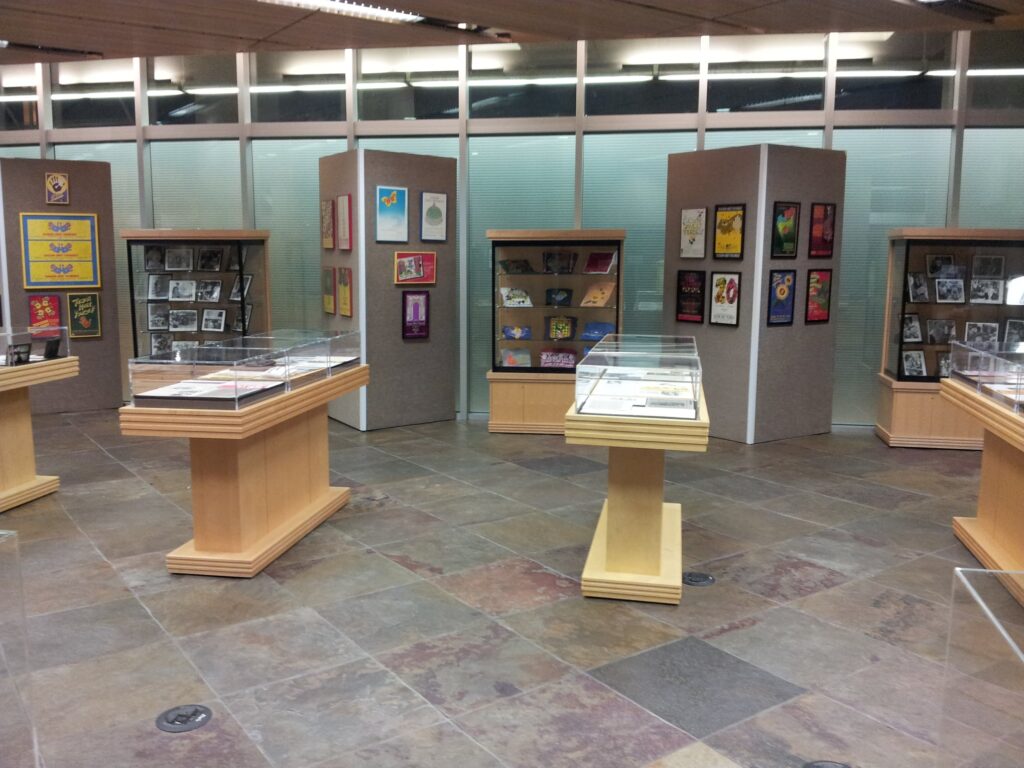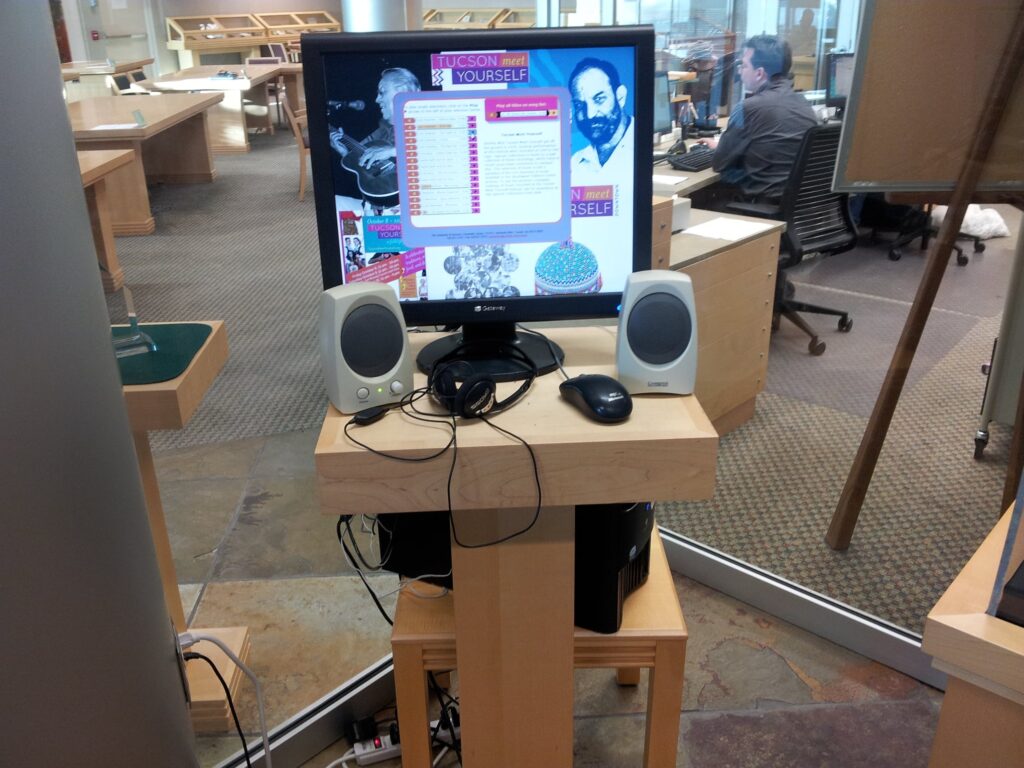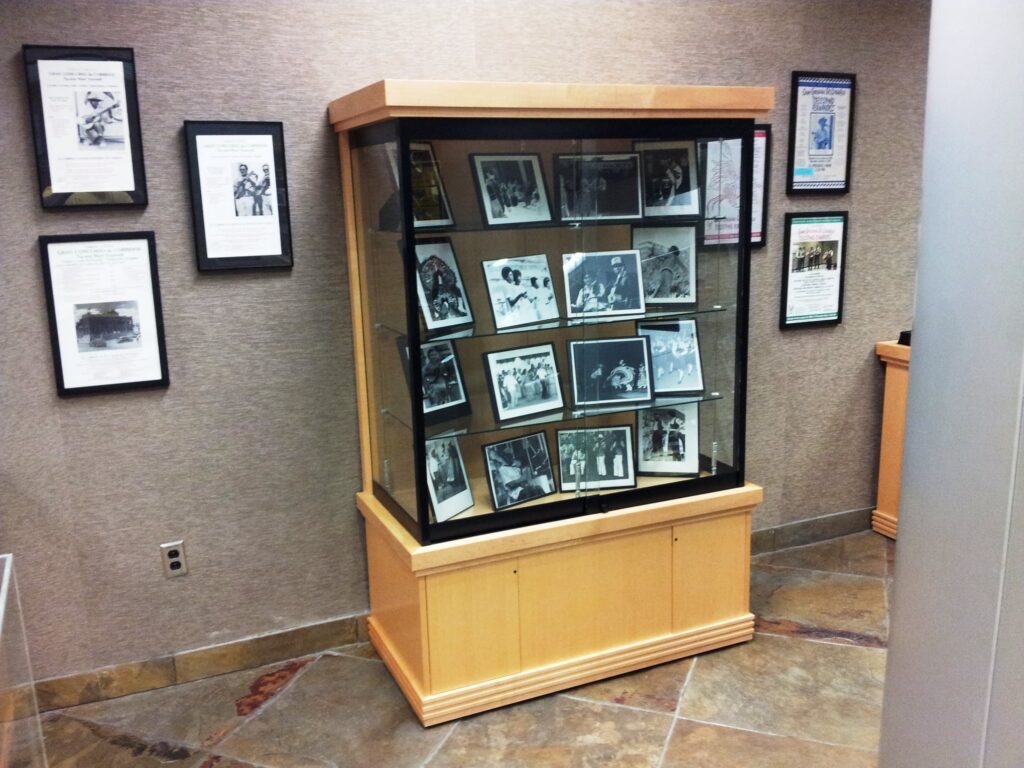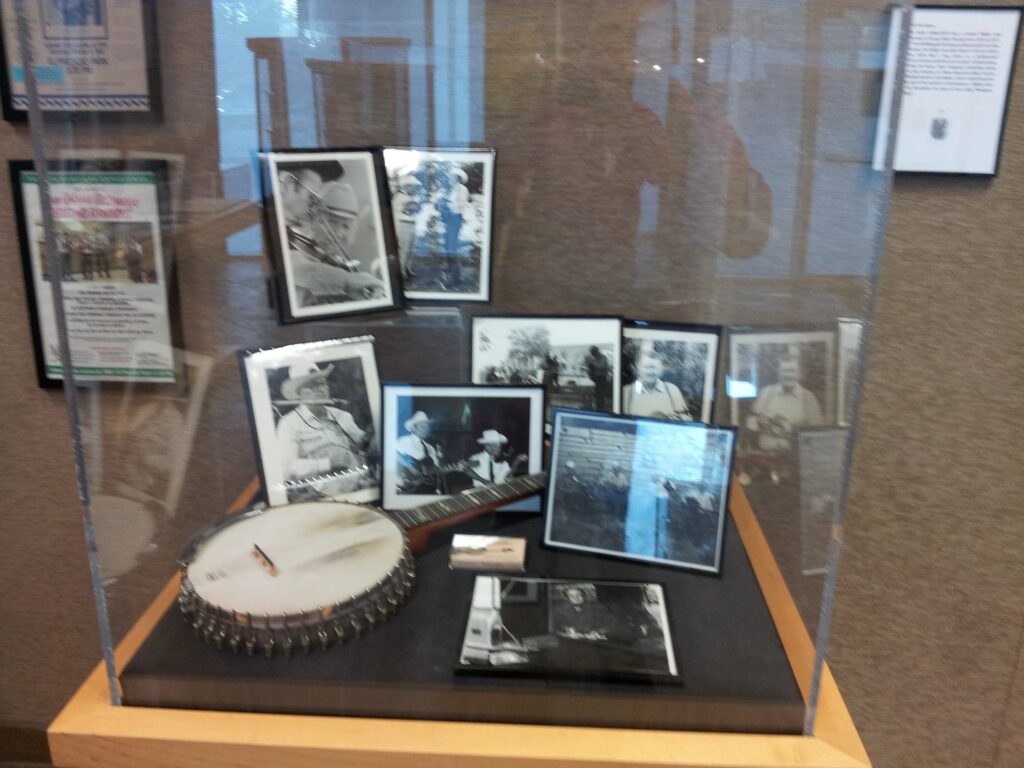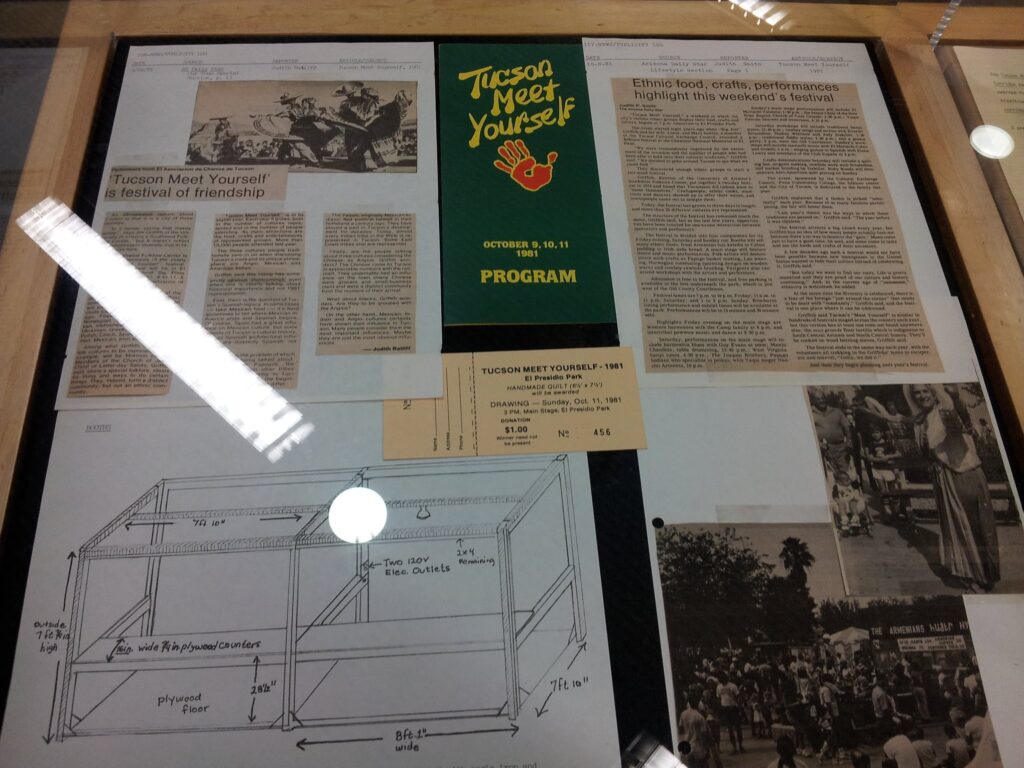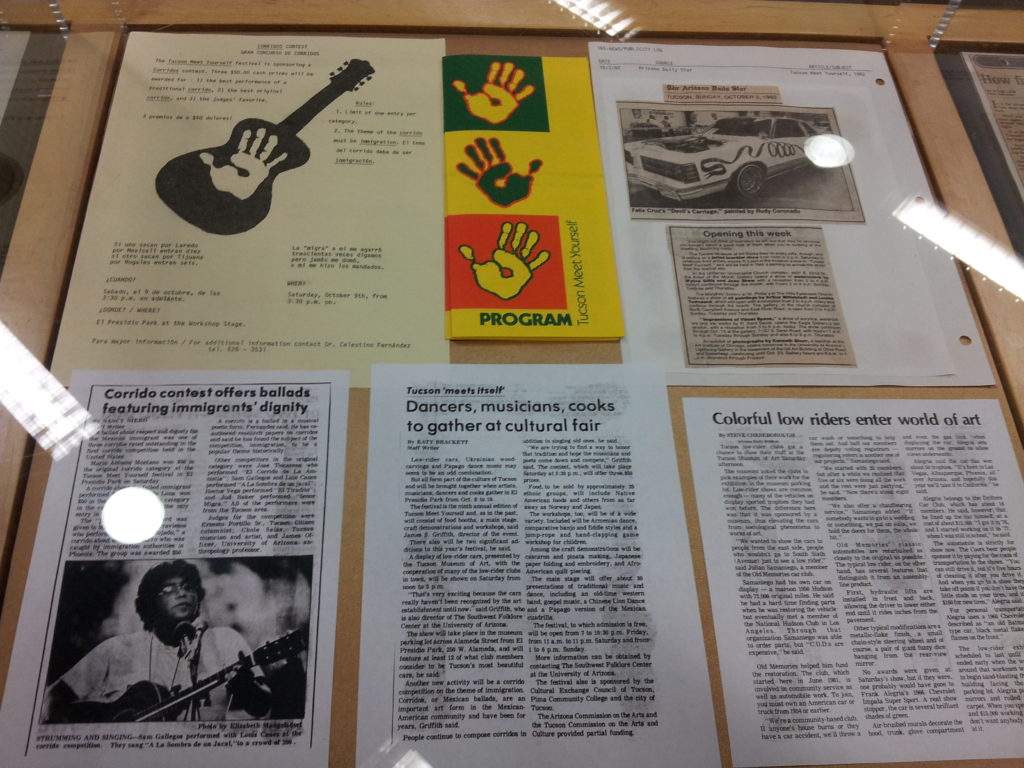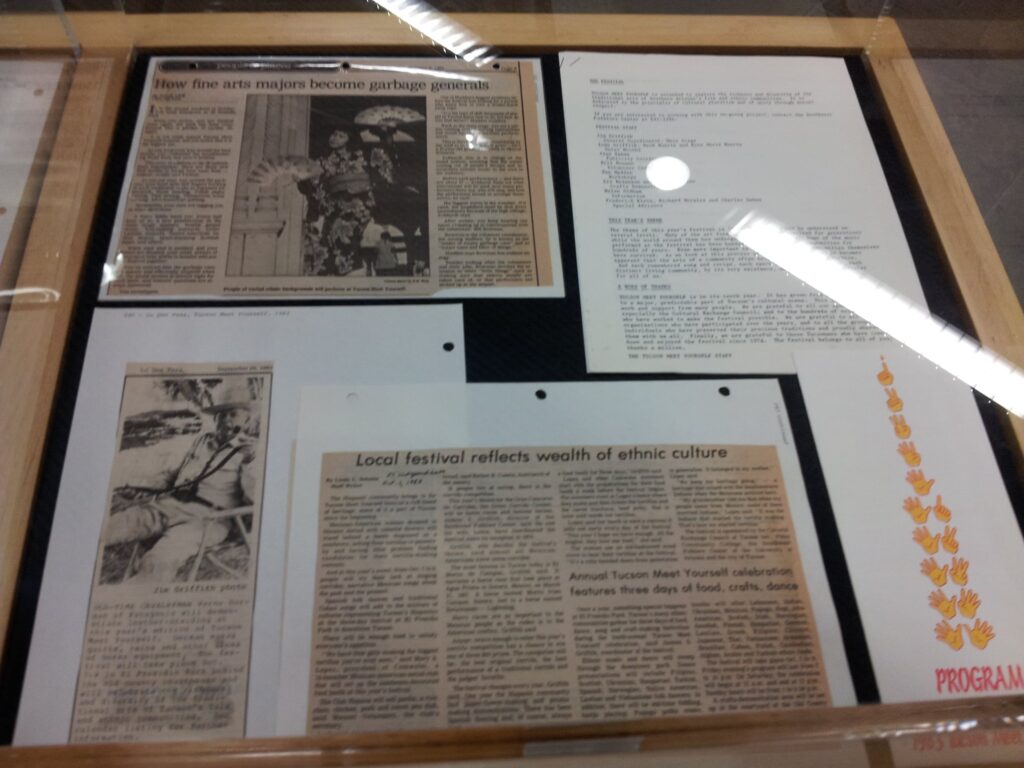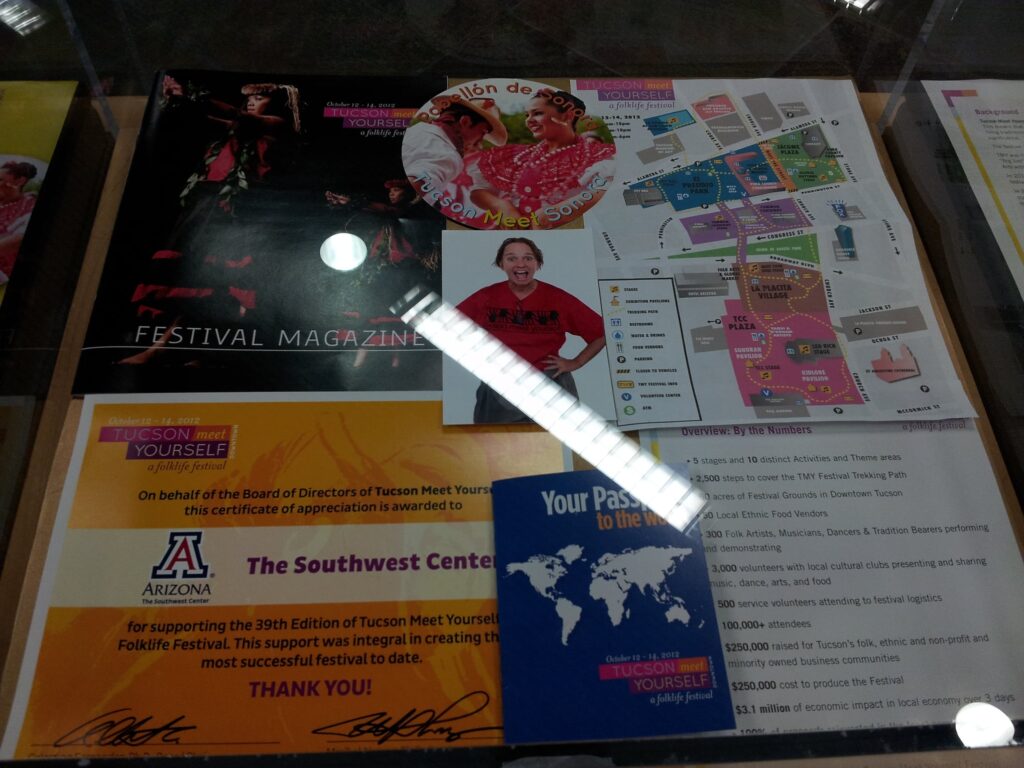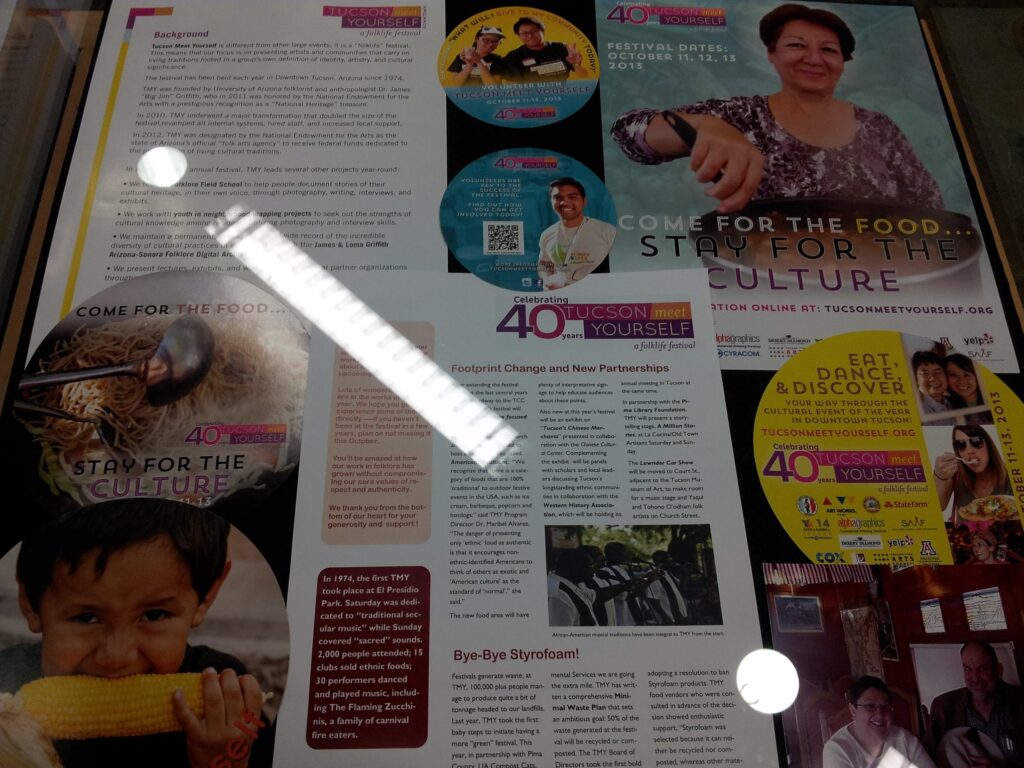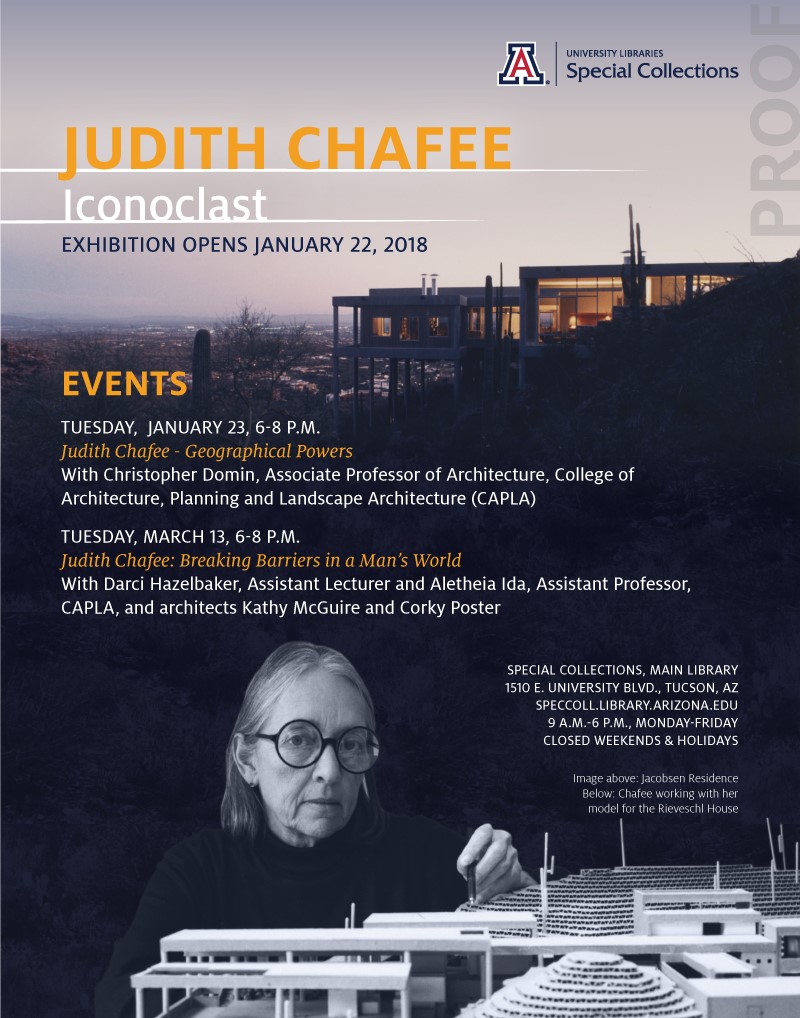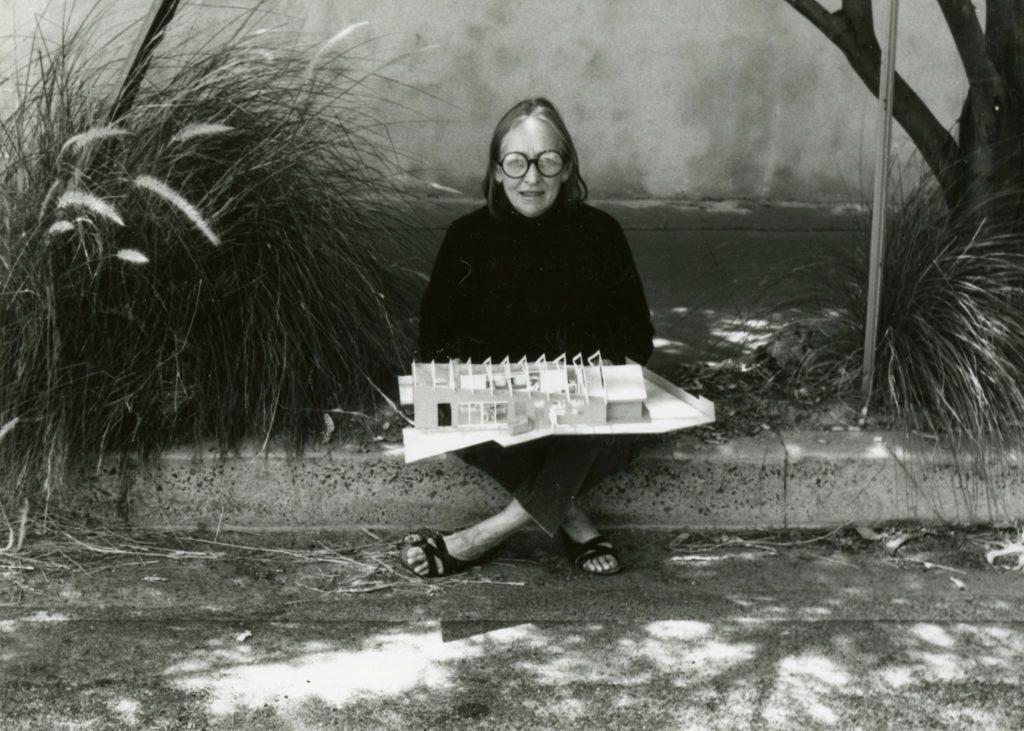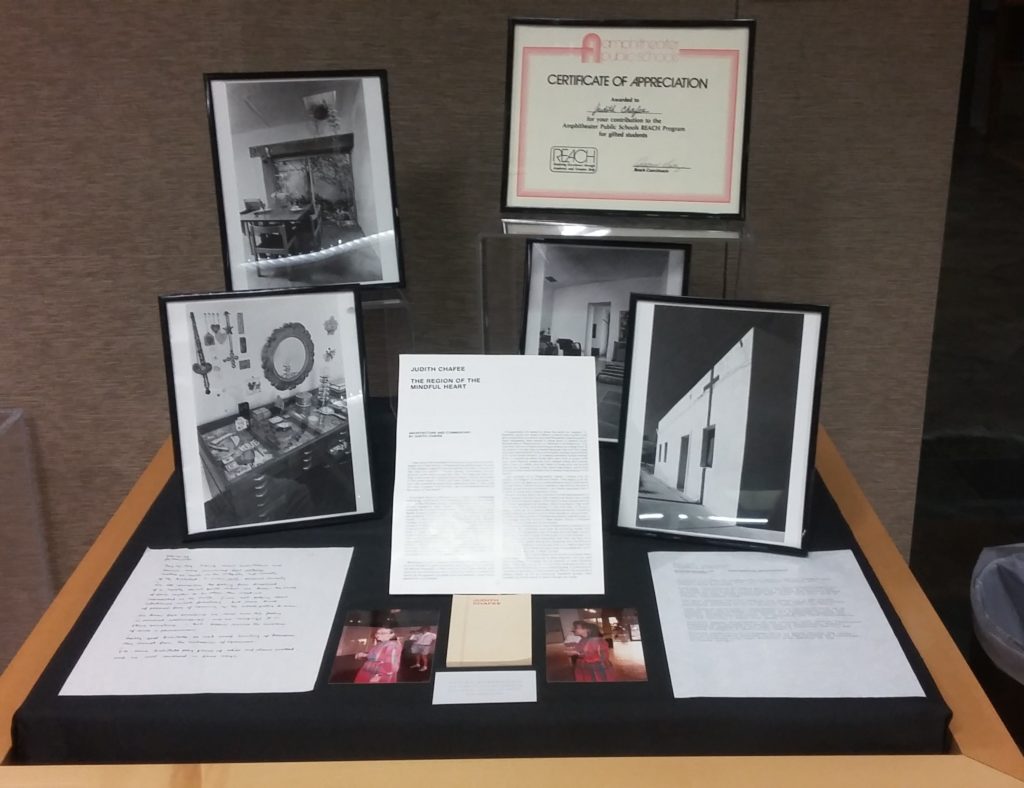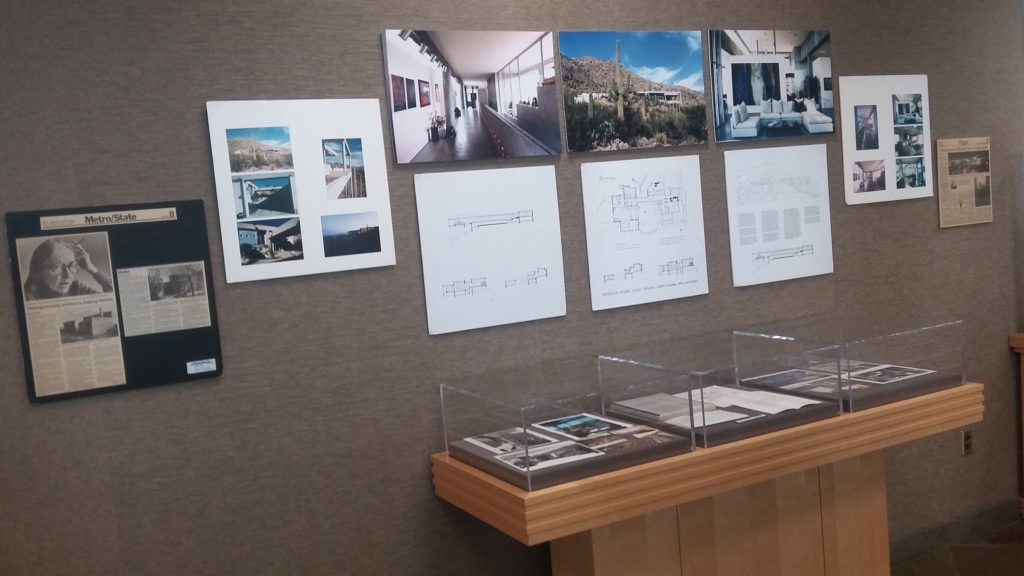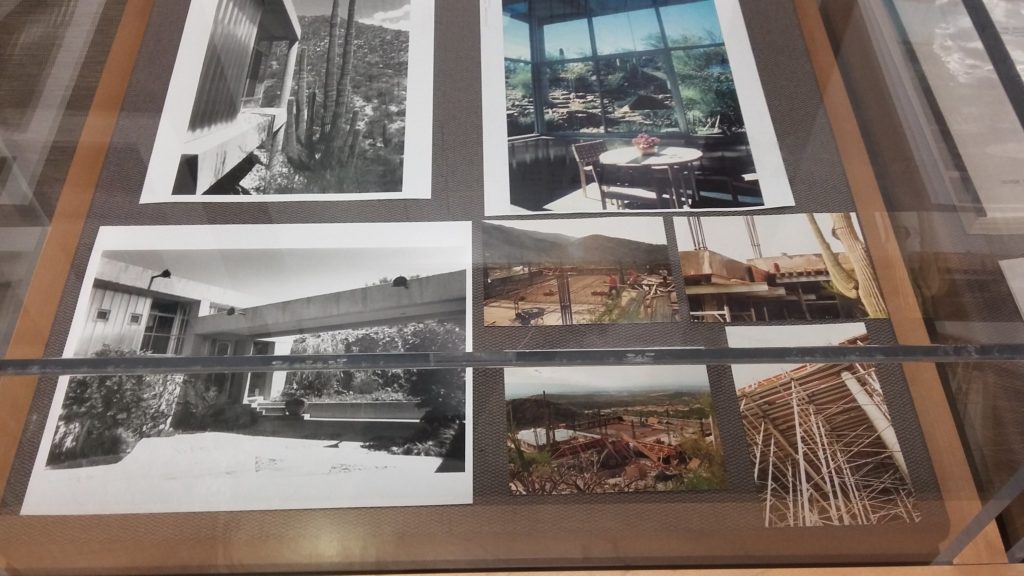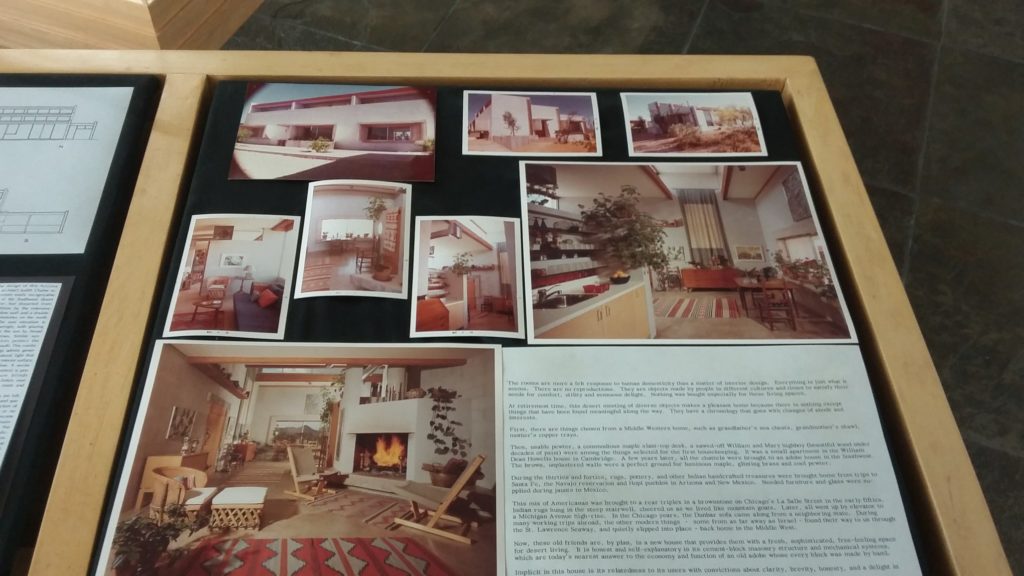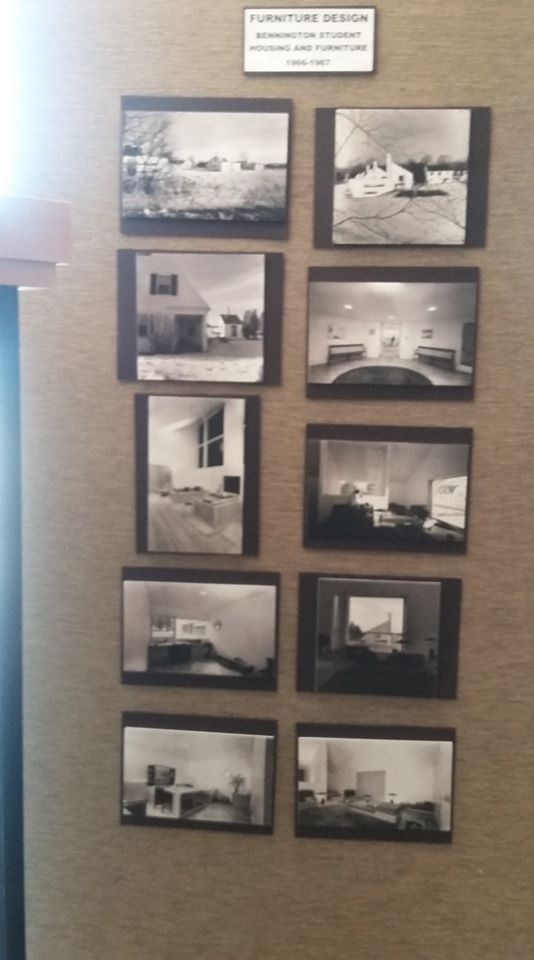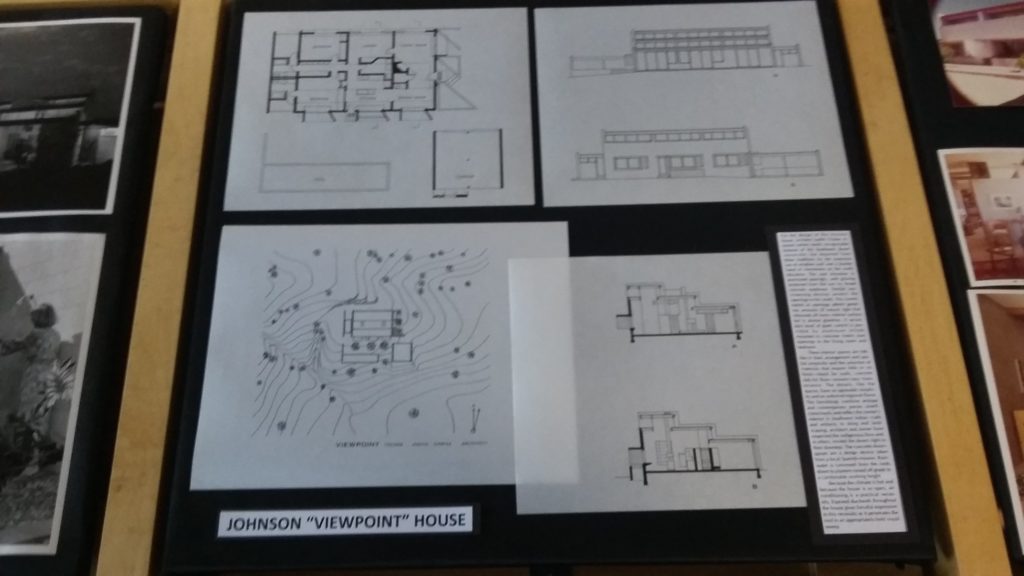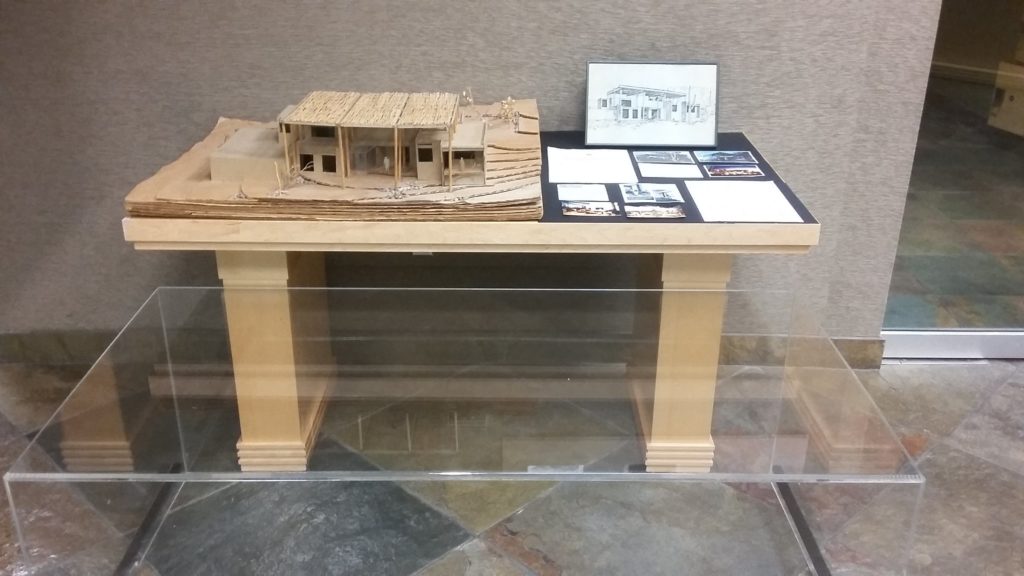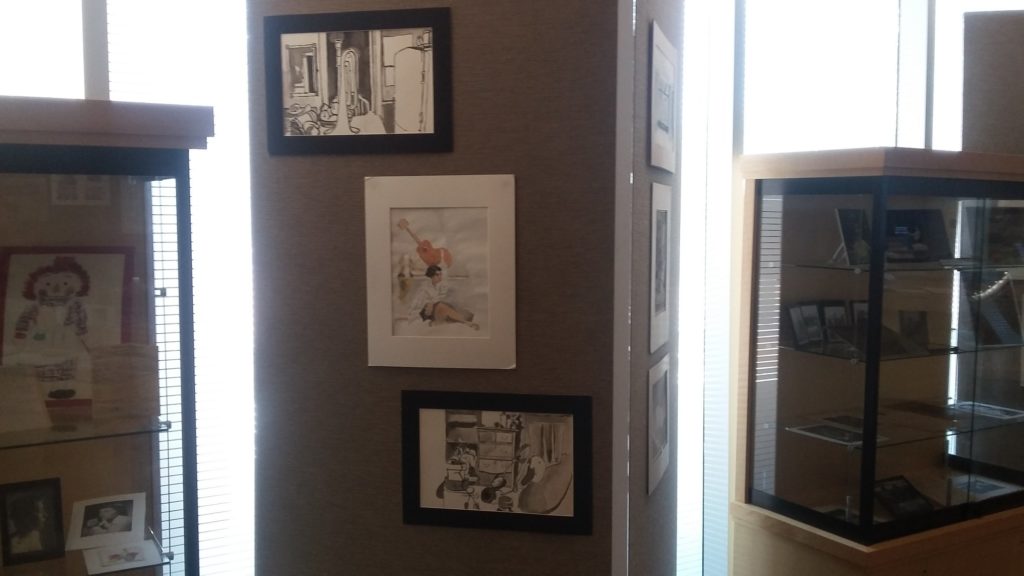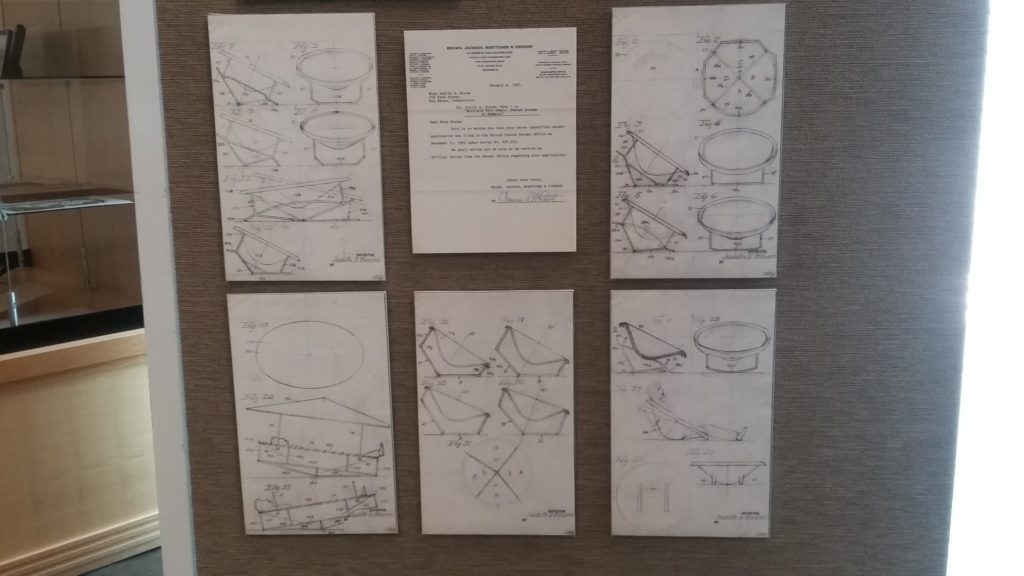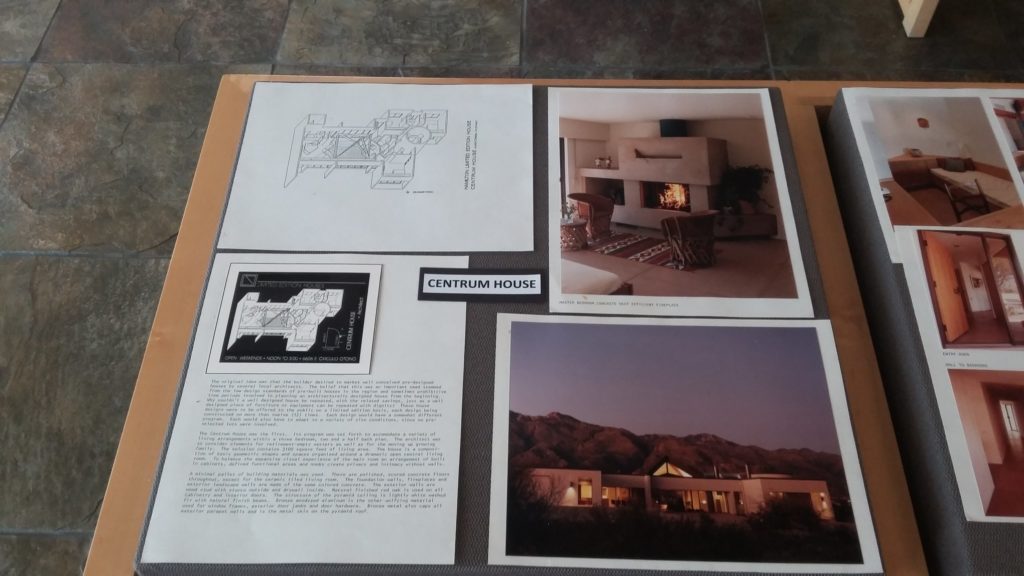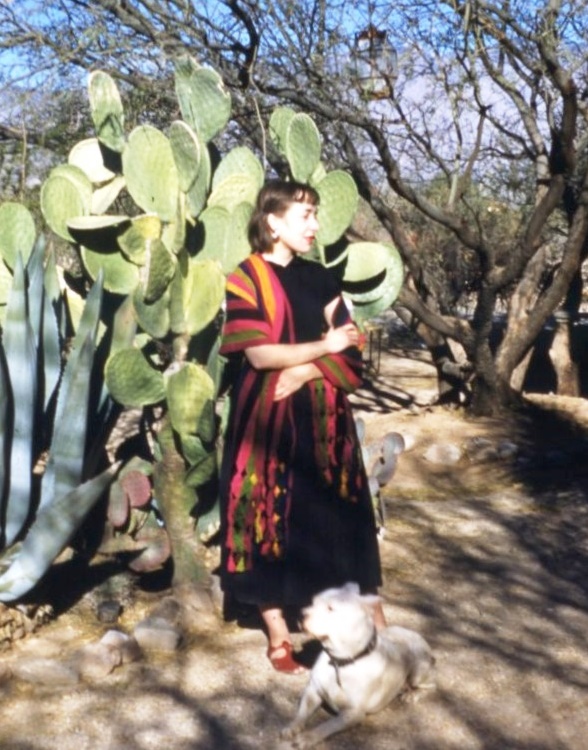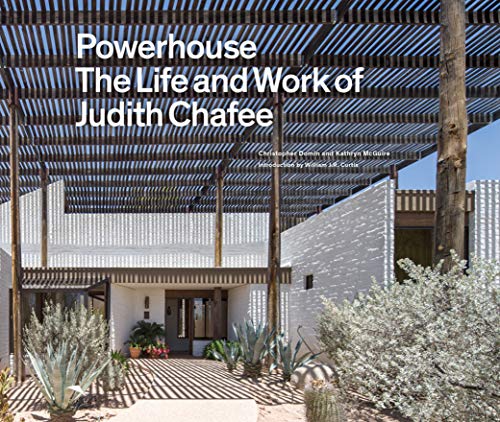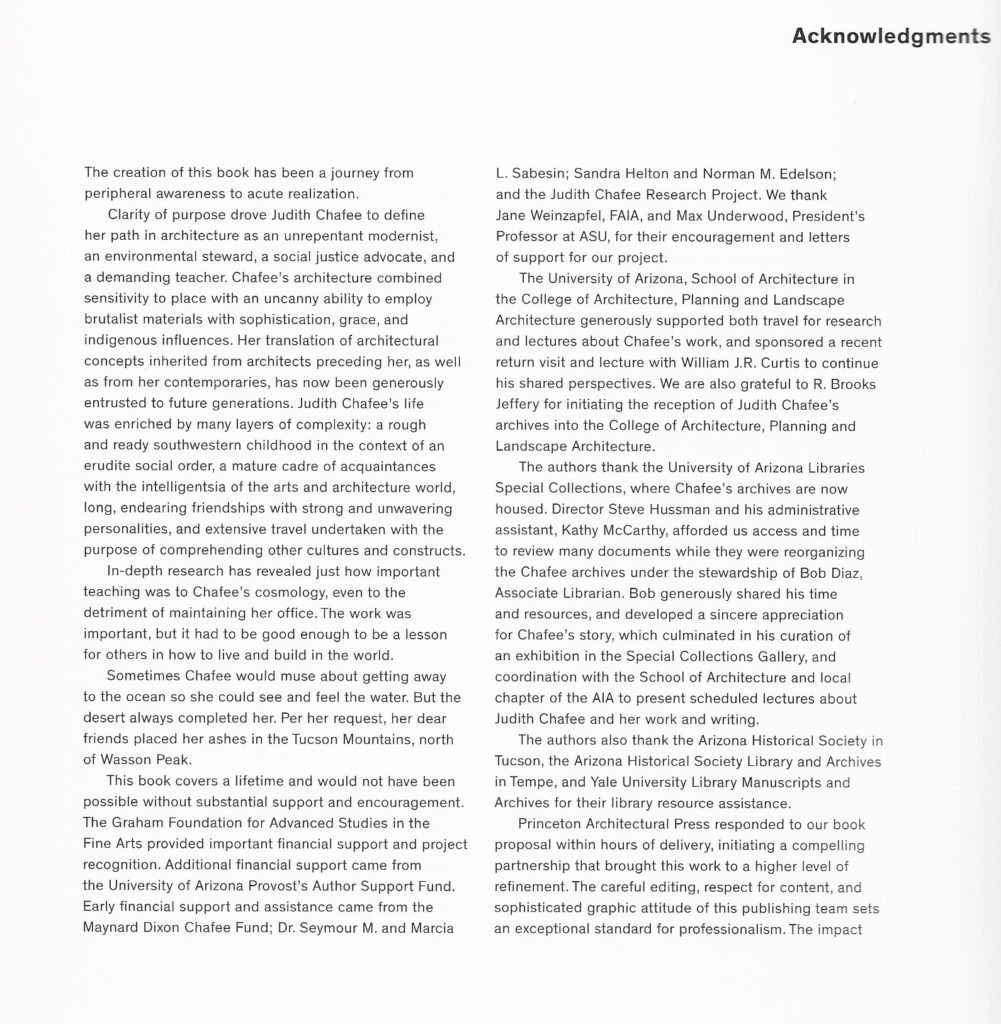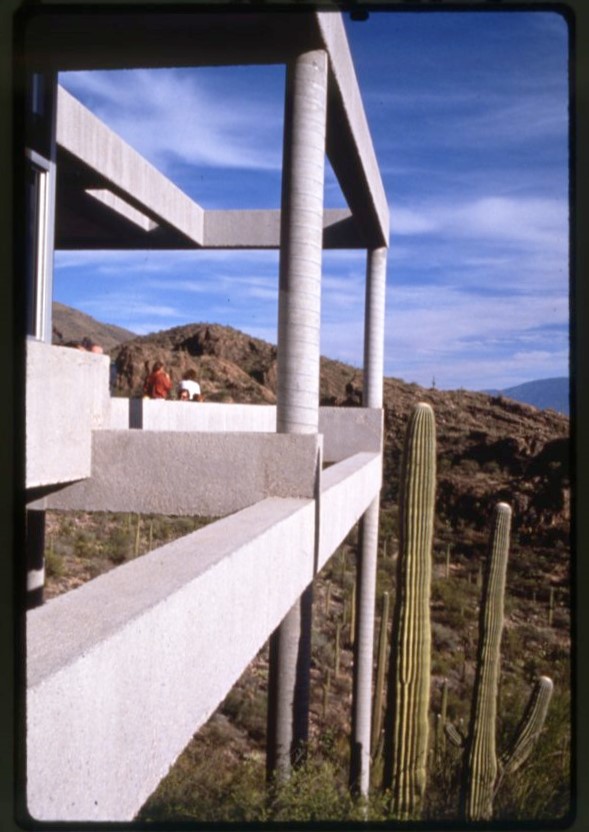Special Collections, University Libraries
September 25, 2013
Join us on October 1 from 6:00 p.m. – 8:30 p.m. in Special Collections for an evening of reflection and discussion with members of Teatro Libertad, a local street theatre company from the 1970s. A viewing of select scenes from La Vida Del Cobre (The Life of Copper), one of the group’s plays, accompanies the talk.
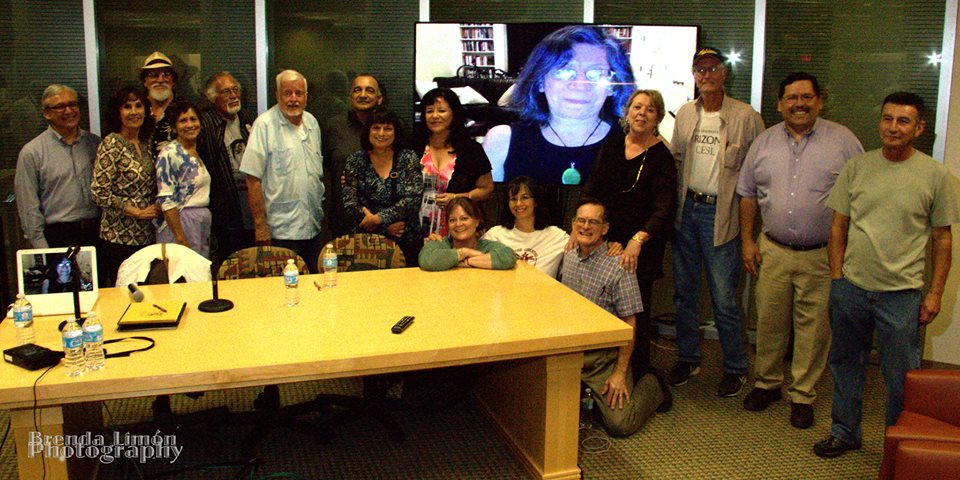
Click here to see videographer Brenda Limon’s filmed version of highlights of the program.
Teatro Libertad is featured in a new exhibit on display from Sept. 3, 2013 – Jan. 12, 2014 at the UA Main Library. Formed in 1975 by seven local actors and musicians – Scott Egan, Barclay Goldsmith, Teresa Jones, Arturo Martinez, Pancho Medina, Arnold Palacios, and Sylviana Wood – the group was influenced by the tradition of teatro Chicano, the Chicano movement of the 60s and 70s, and with inspiration from El Teatro Campesino – a group formed by Luis Valdez in the early 1960s.
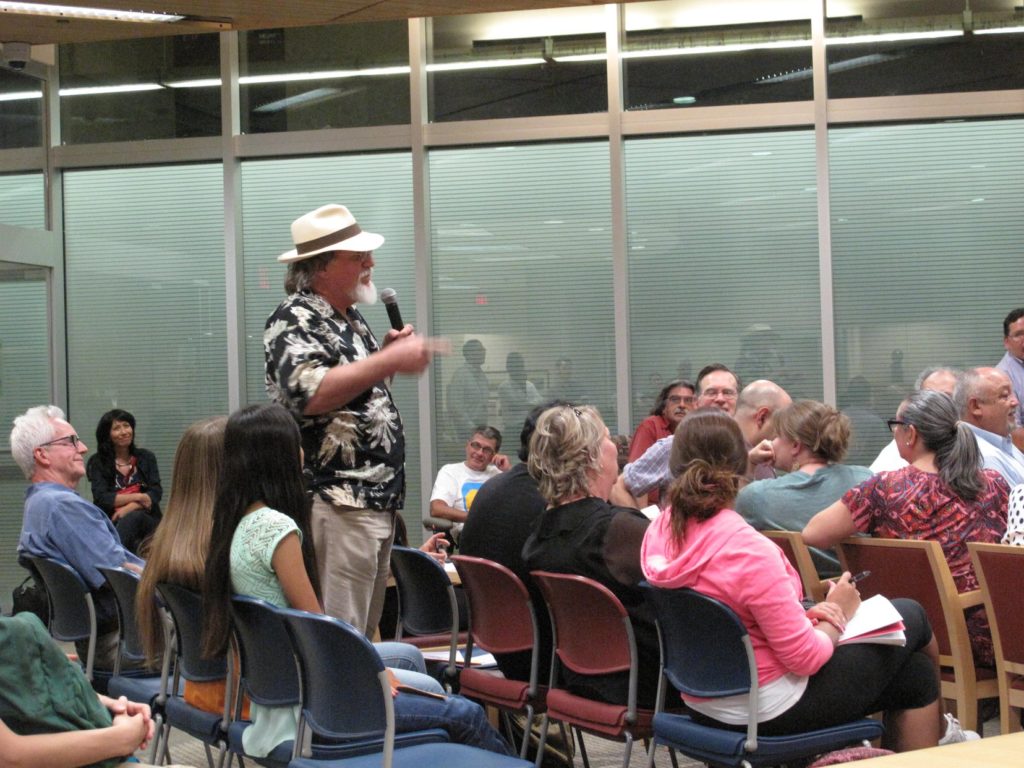
Teatro Libertad tackled real life, everyday issues as experienced by the Chicano community in Tucson and the Southwest. Using satire, comedy, and music, the group wrote and performed their plays with the goal of getting people to think about issues such as unemployment, union organization, race, and cultural identity. Among the plays written and performed by Teatro Libertad were Los Peregrinos, El Vacil de 76, Los Pelados, La Jefita, Semilla Sembrada and La Vida Del Cobre.
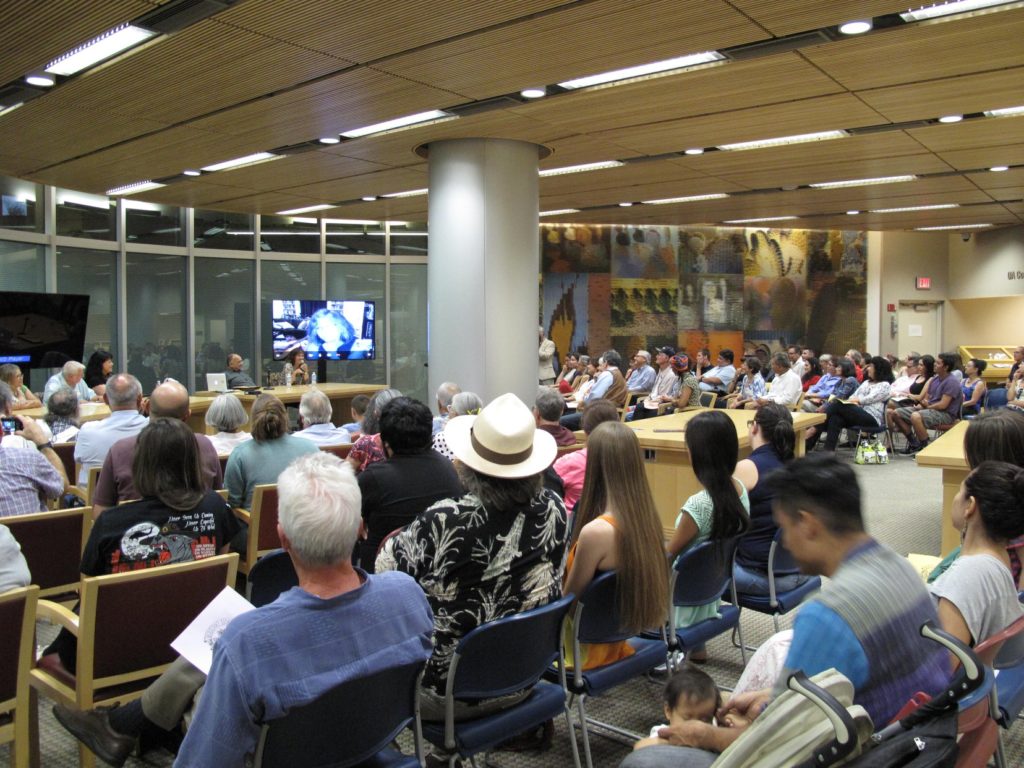
The bilingual, multicultural group relied on simple stage sets and props – old boxes, masks, and signs – when performing in local neighborhood centers throughout Tucson and in Mexico City, San Diego, Santa Barbara, and New York. The group also performed – sometimes from a flatbed truck – in Arizona’s mining towns for striking miners or farmworkers.
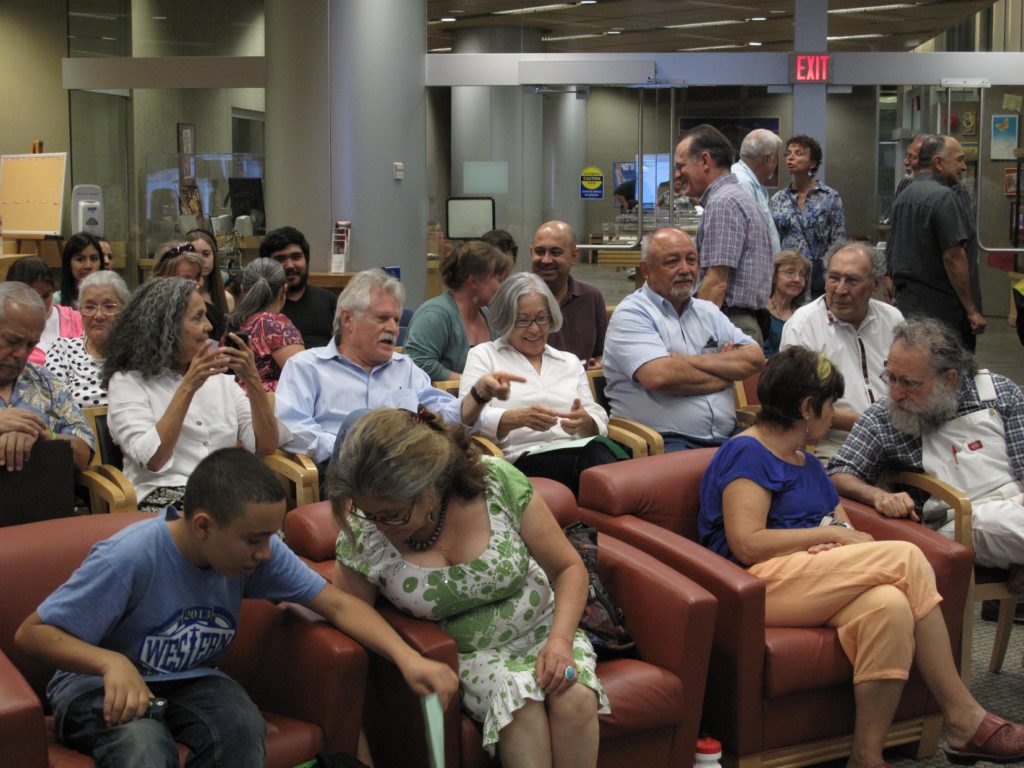
More than 25 performers participated in the all-volunteer Teatro Libertad during the group’s 14-year run. Additional members included Pamela Bartholomew, Olivia Beauford, Bob Diaz, Lilliana Gambarte, Pernela Jones, Jean McClelland, Juan Villegas, and a host of others.
The event is free and open to the public. Light refreshments will be served.
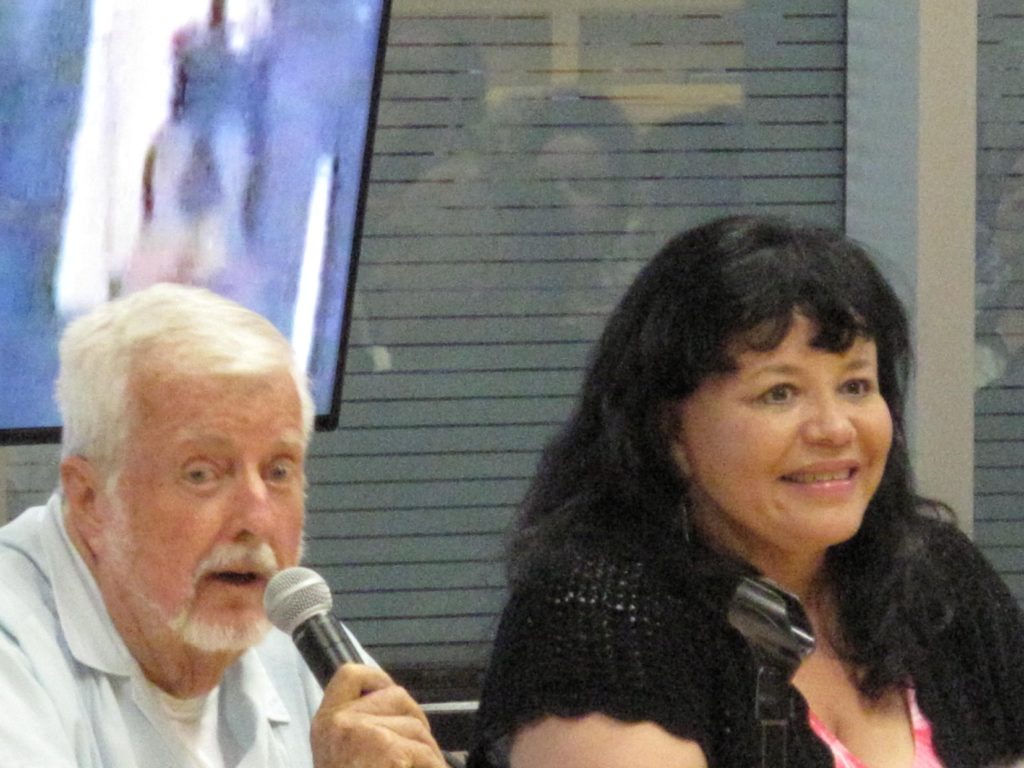
Click here to see the entire program, recorded on camera by Antonio Arroyo.
